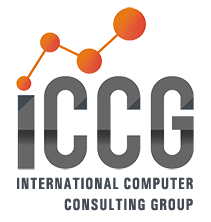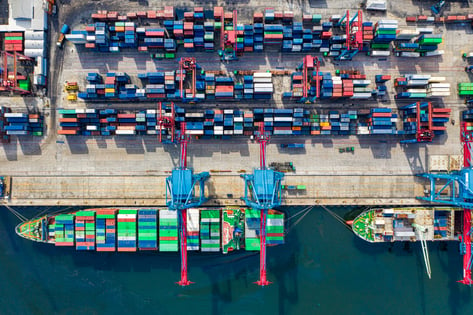No vertical market appears to be immune to the hardships and challenges resulting from the unprecedented uncertainty and volatility of today’s geopolitical strife, climate disasters, and global pandemics. Which makes it even that much more challenging for organizations to try to meet consumer preferences and requirements that are always changing.
All of this uncertainty underscores the importance for organizations to focus on optimizing all facets of their supply chain costs—including cost-to-source, cost-to-procure, cost-to-manufacture, logistics, and handing. Supply chain optimization must also factor in the direct labor that drives supply chain activities in manufacturing, distribution, and retail. Total cost has never been more critical to understand and control—regardless of an organization’s industry or sector.
Optimizing the supply chain means making critical decisions about many key factors. Even just managing the day-to-day workings of a supply chain typically involves having to weigh options and making choices. Decisions are best made when they’re based on accurate and up-to-date information.
Conveniently, many organizations have access (or at least the possibility of access) to lots of data that’s captured throughout the supply chain.
The challenge is figuring out how to leverage all of that data to drive actionable insights.Those tasked with managing complex supply chains must recognize a shift where the traditional lines between plan, execute, and sense are blurred, and are now occurring simultaneously and continuously. With visibility at the core, now more than ever, openness and connection can thrive across supply chain networks, allowing organization to witness events in real time and proactively respond to disruption or anomalies.
Read this best practice guide to learn how to take the necessary steps for successfully managing the continuous supply chain.
Learn more about how ICCG can help. Questions about how ICCG can help you? Let us know here.


